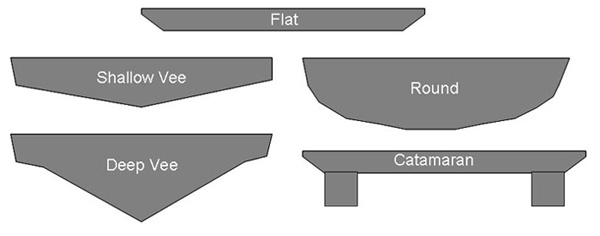According to the national marine manufacturers assn. (nmma), approximately 300,000 small powerboats were produced in the u.s. in 2003, with a total value of about $9 billion (usd). the vast majority of those vessels were made with composite materials, because of composites' quality, durability and. I am a student going for a major in industrial design and for the past year have been very lightly playing around with an interesting hull design. i have been sailing for many years and have a basic understanding of the way a sailboat works (which is how i came up with the design) but am unsure about a couple things.. Basics of boat design parts of a sailboat although sailboat design varies widely, all sailboats share a few basic components. the boat’s main body is called the hull. the front of the hull is referred to as the bow, while the rear of the hull is called the stern. the rudder extends from the stern and is used to steer the boat..
Modern sailboat design has evolved overall to create a wider, yet sleeker, structure. while the width increases stability, other basic components have been refined to improve sailing efficiency. due to such innovations, some sailboats, as previously noted, can actually exceed the speed of the wind. Sail design . working toward designing more and more efficient sails throughout history, many methods have been employed. from the beginning of sail design, intuition and experience have been the primary means of designing sails. intuition and experience still play a major role in sail design because presently no database exists to tell a sailboat designer what sail will work best with a given. Stability, fundamentally, is what prevents a boat from being turned over and capsized. whether you are a cruiser or a racer, it is a desirable characteristic. a boat's shape, particularly its transverse hull form, has an enormous impact on how stable it is. this so-called "form stability" is one of.


0 komentar:
Posting Komentar
Catatan: Hanya anggota dari blog ini yang dapat mengirim komentar.